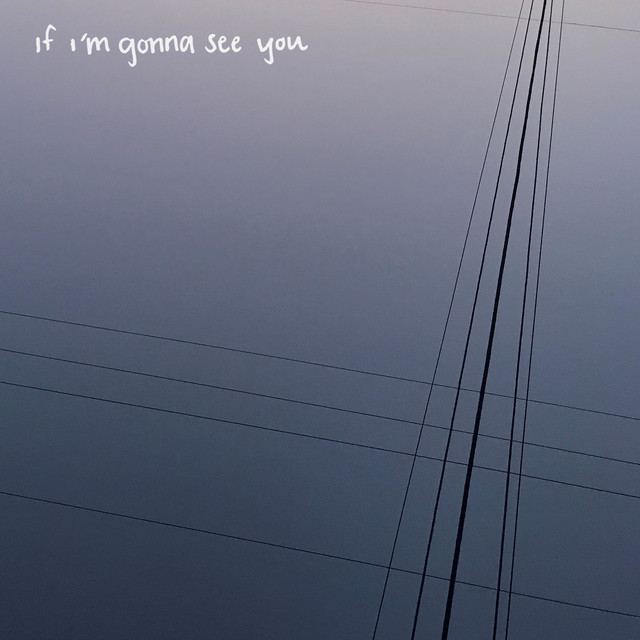I got a sweater for Christmas this year.
Not one of those ironically ugly Christmas sweaters that are all over your social feeds during the holidays in the form of impulse-buy advertising (or maybe that’s just my social feeds). I mean a real, heavy, knit sweater complete with elbow patches, purchased from a non-chain in-person store on the main street of a small town.
I realized upon unwrapping it that it’s been a long time since I owned a real, heavy, knit sweater, and never have I owned one with elbow patches. I didn’t even realize I was entering the elbow patch phase of my life. It’s a great sweater, and I love it in a completely un-ironic way. It feels good to pull it on and feel the instant warmth it provides. It’s like a wearable fireplace.
On the very same day that I received that sweater, Spotify’s algorithm served me up Sean Angus Watson’s tantalizingly short 2018 record If I’m Gonna See You.
Any of its seven songs would be a good fit for this blog. The sparkling “Lately I’ve Been Wondering”. Or the slow bluesy swing of “It Gets Better”. Or the serene “Let Me In” whose chords always remind me of the opening to Weezer’s “Say It Ain’t So”.
But to me, this one is the most beautiful. And although its warmth is partly thanks to the wonderful warm tone of the guitar, I have to think that a small percentage of that warmth comes from the title. “Waltz in Sweaters” – I can’t decide whether to read it as a waltz that one dances while wearing a sweater, or as a directive (hey, you! Waltz in sweaters!) or even as a song written in the key of sweaters.
What makes this a beautiful song:
1. Watson constructs his songs by looping; meaning he plays one guitar part at a time, usually a stretch of four or eight bars. Then, as the technology plays those bars back to him, he moves on to the next. It’s a technique that gives the listener the impression of seeing a painting revealed one colour at a time.
2. While it’s fairly common to hear acoustic guitarists use their instrument as percussion, it’s rare to hear an electric guitar used in this way, as Watson starts doing at 0:34.
3. There’s an obvious mistake at 2:17 where he mis-plucks a string and it doesn’t ring out properly. He could easily have fixed this by doing another take or even in editing, but he didn’t. And I love that; it’s like a little glitch in the stitching, reminding you that it was hand-made by a human.
Recommended listening activity:
Pulling your sleeves down so you can hold their cuffs in your hands.
